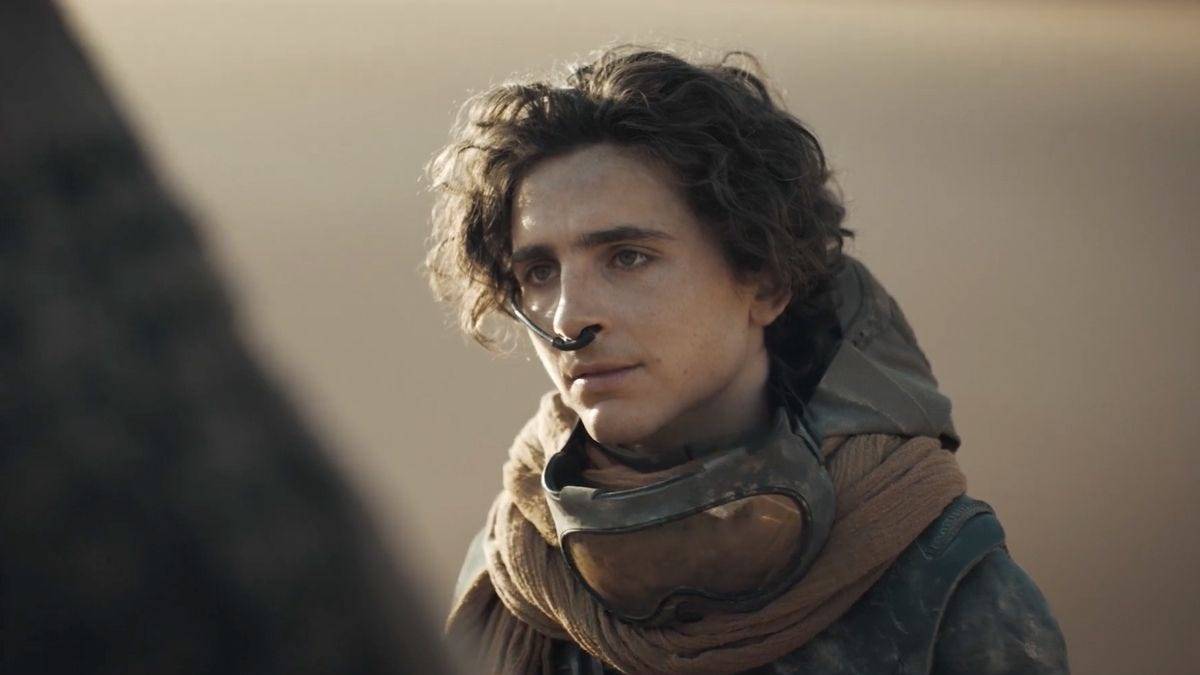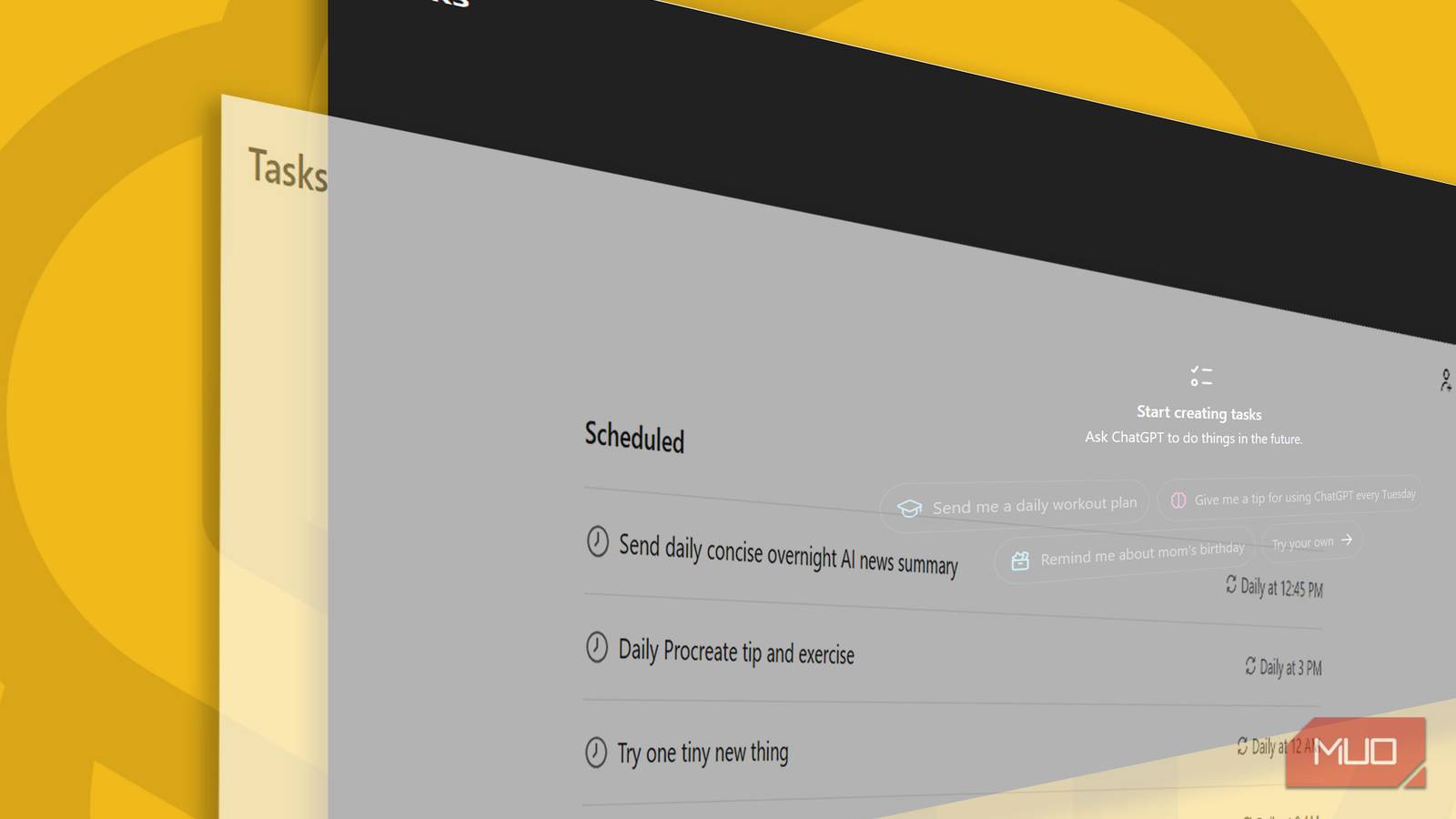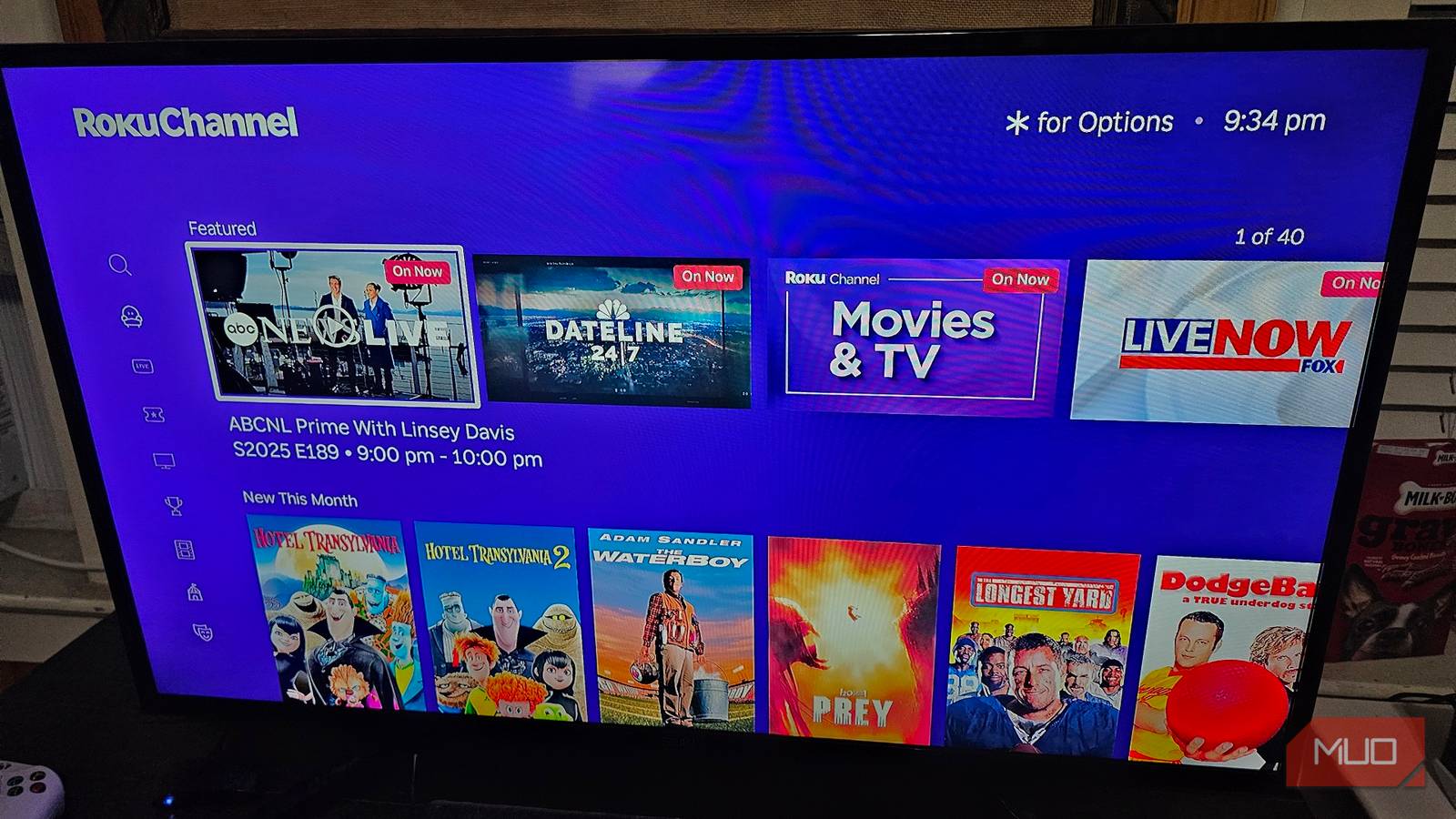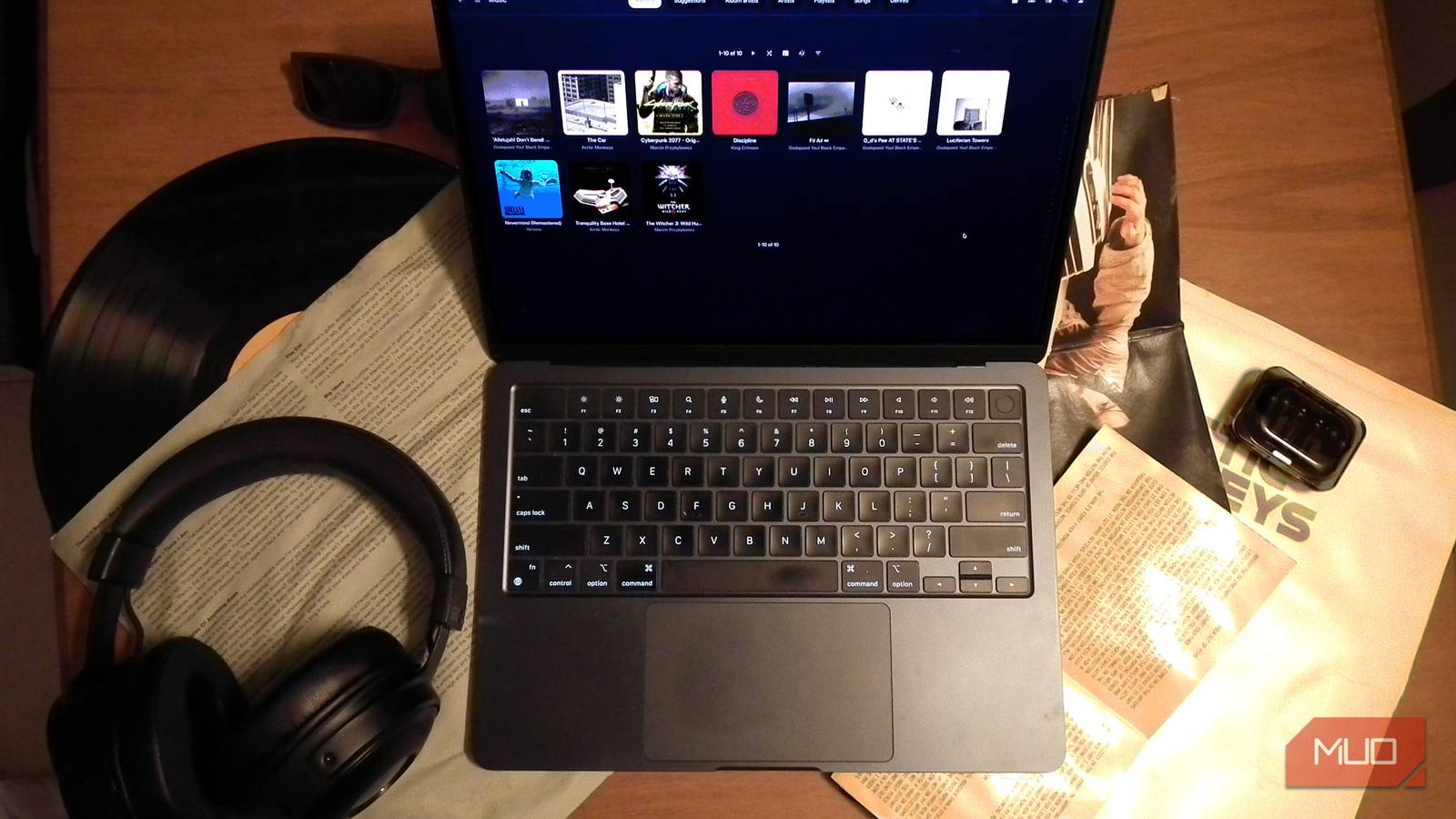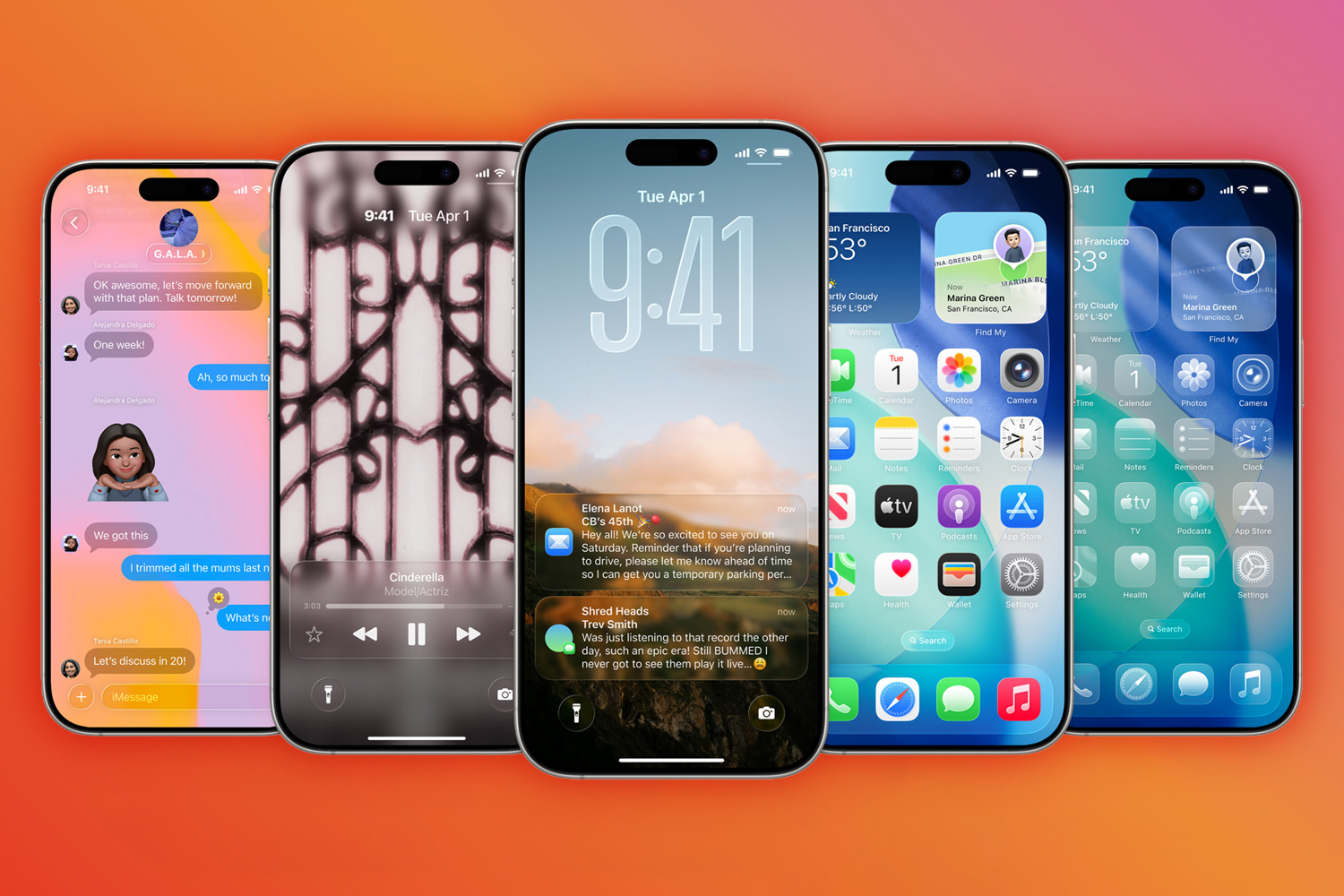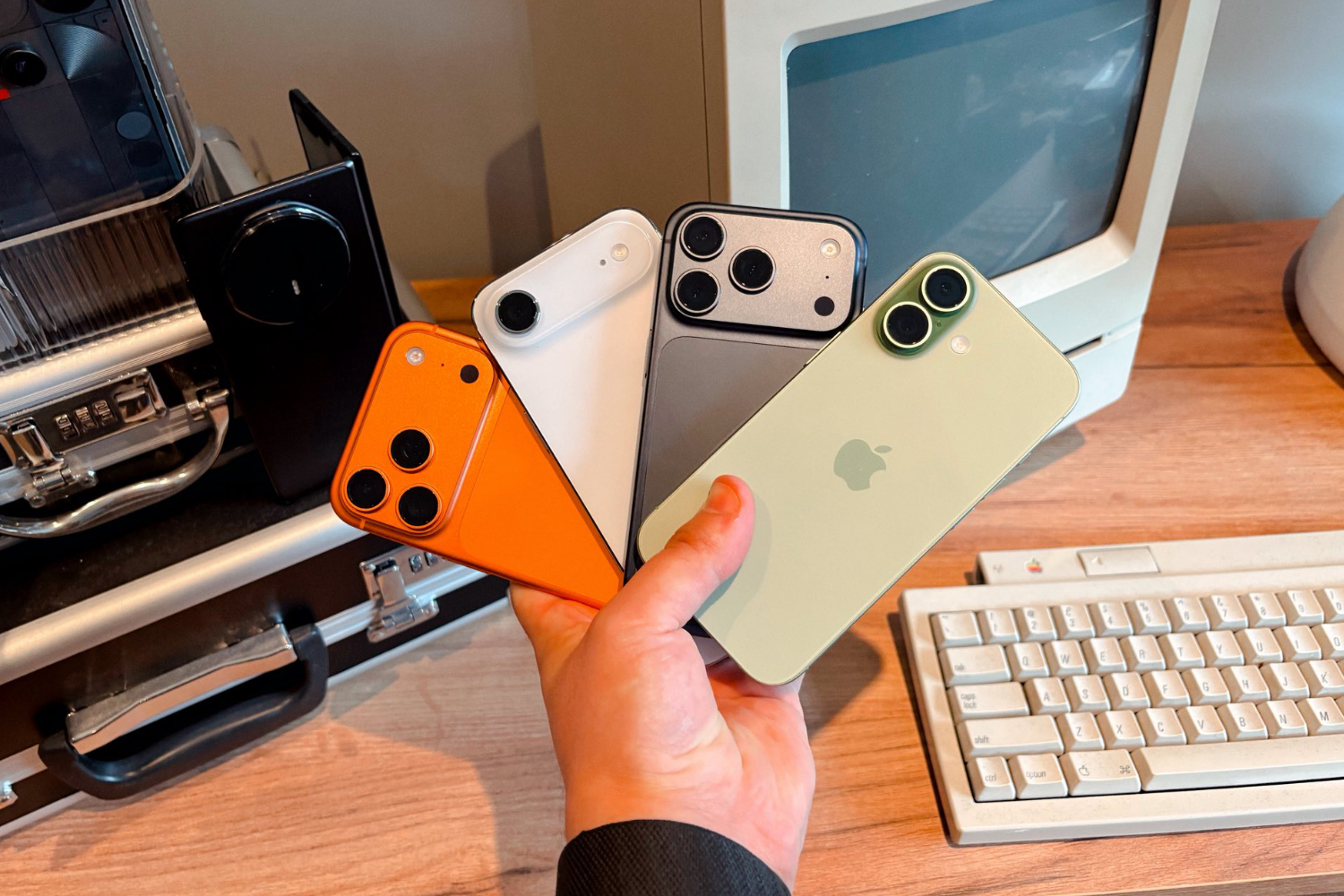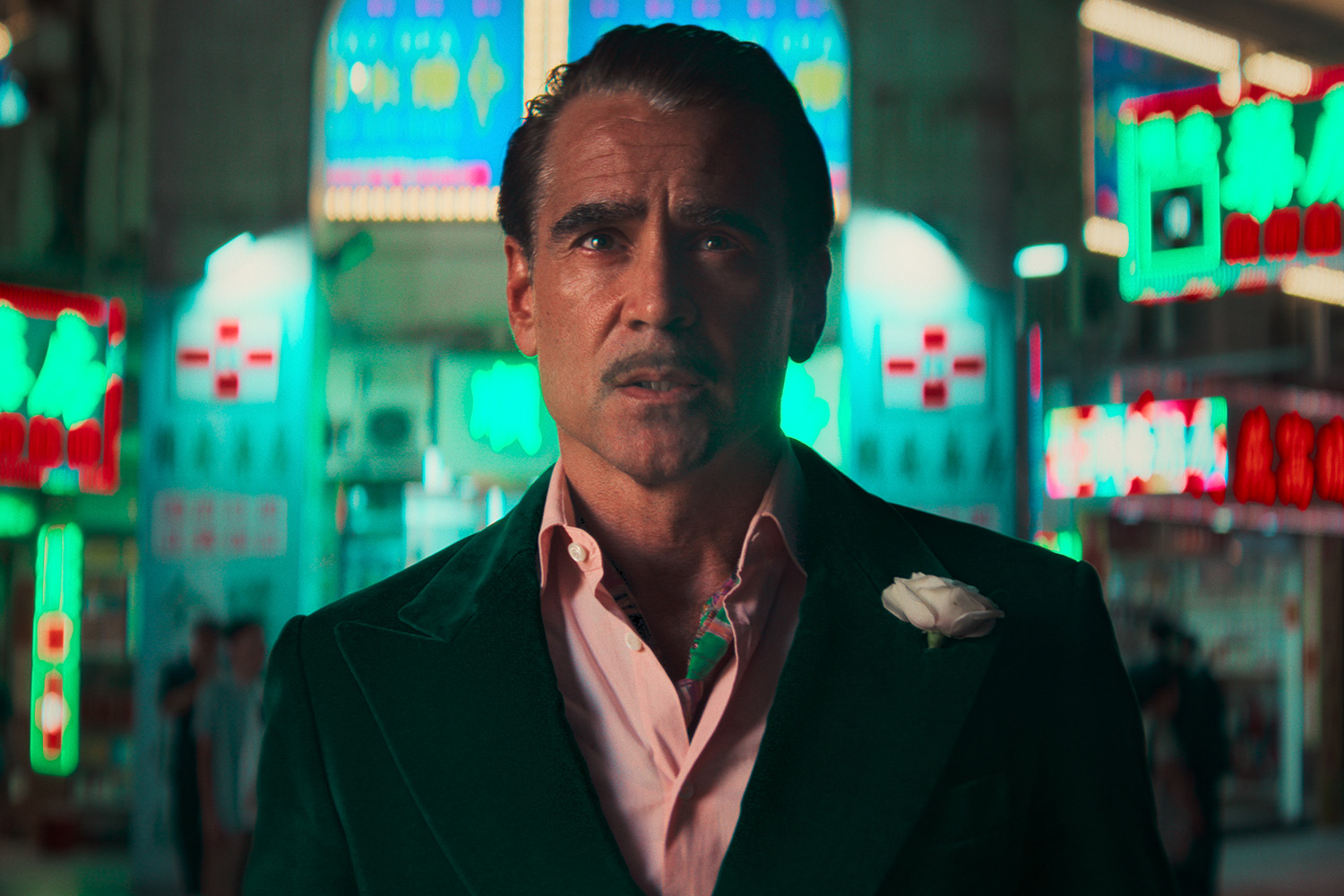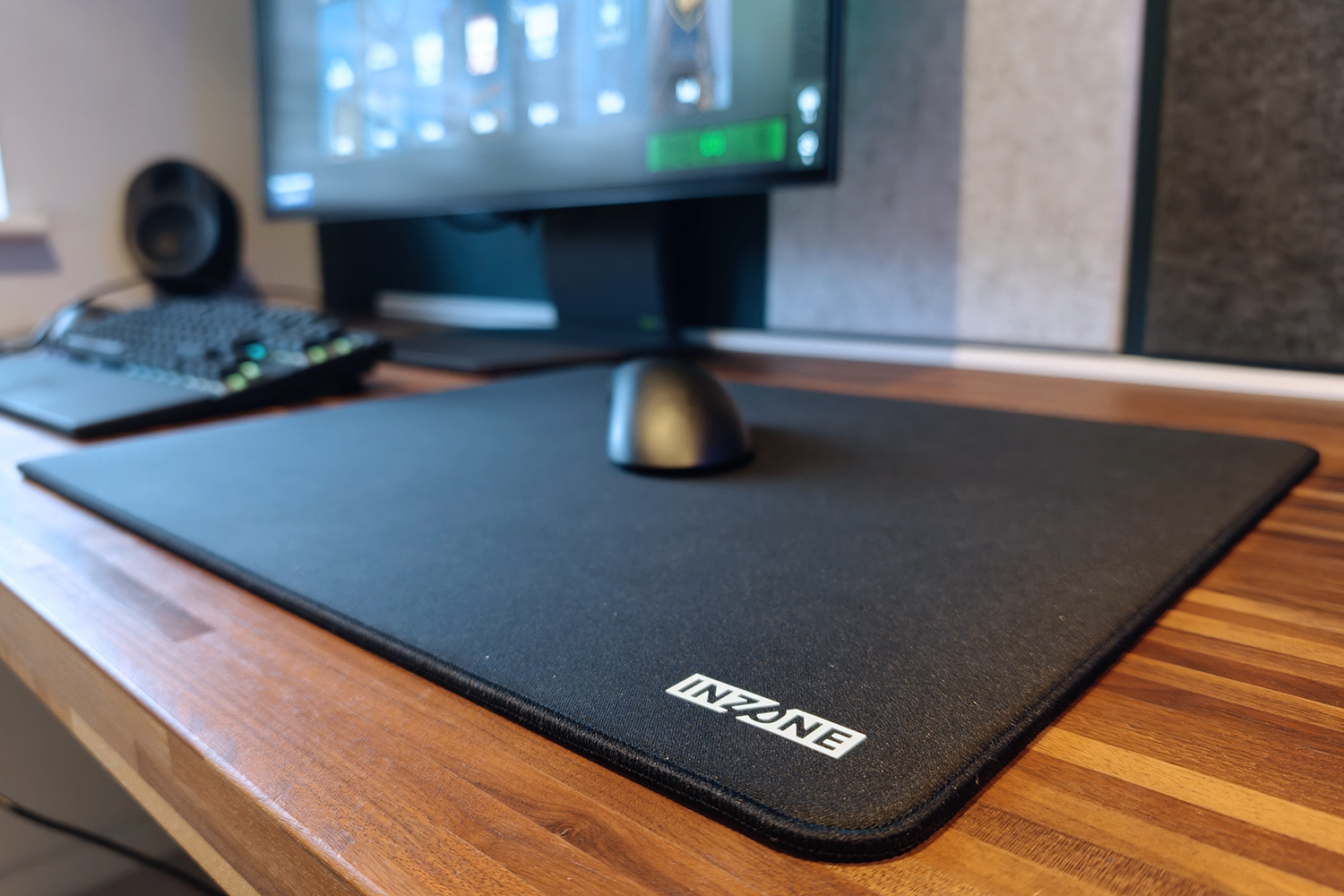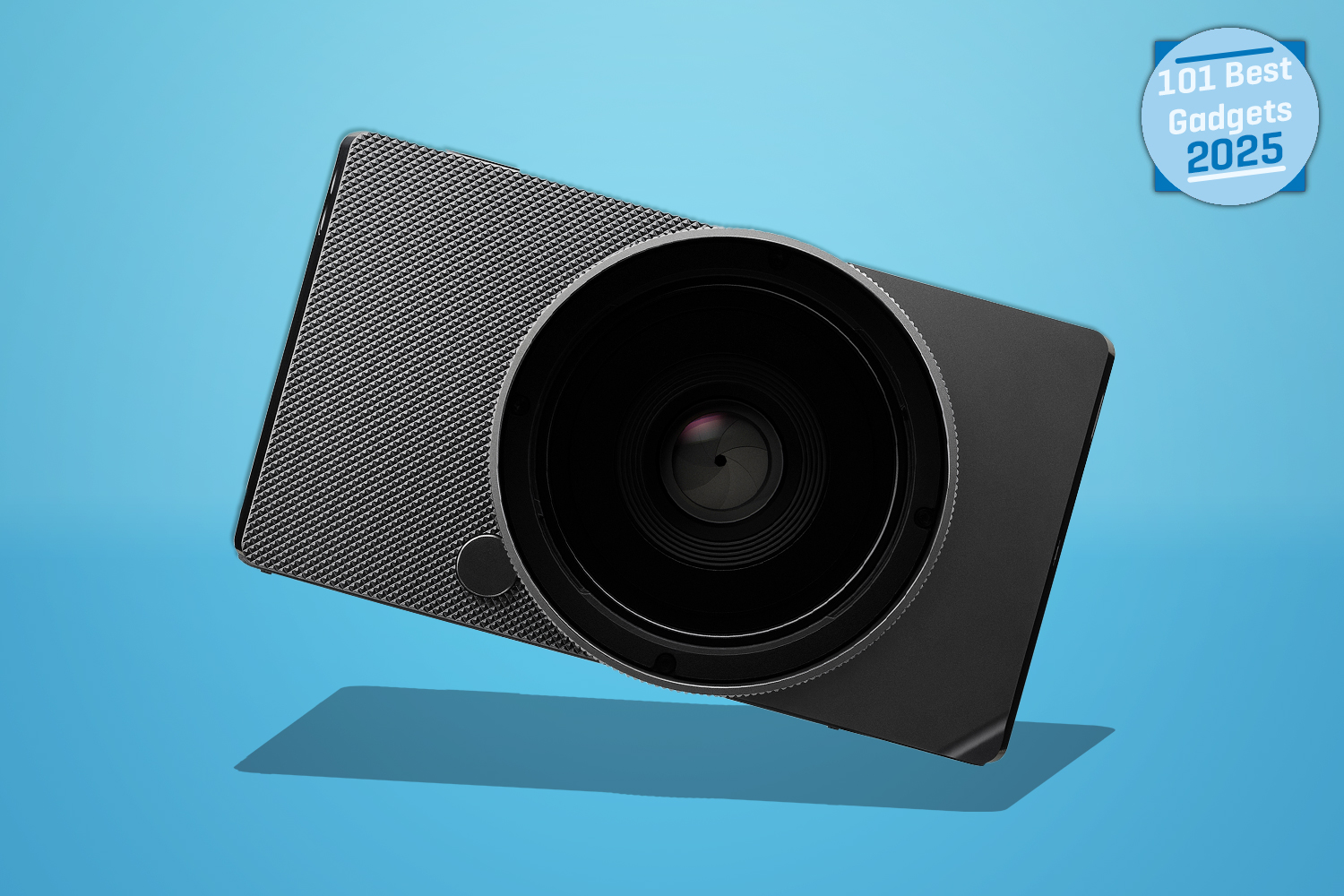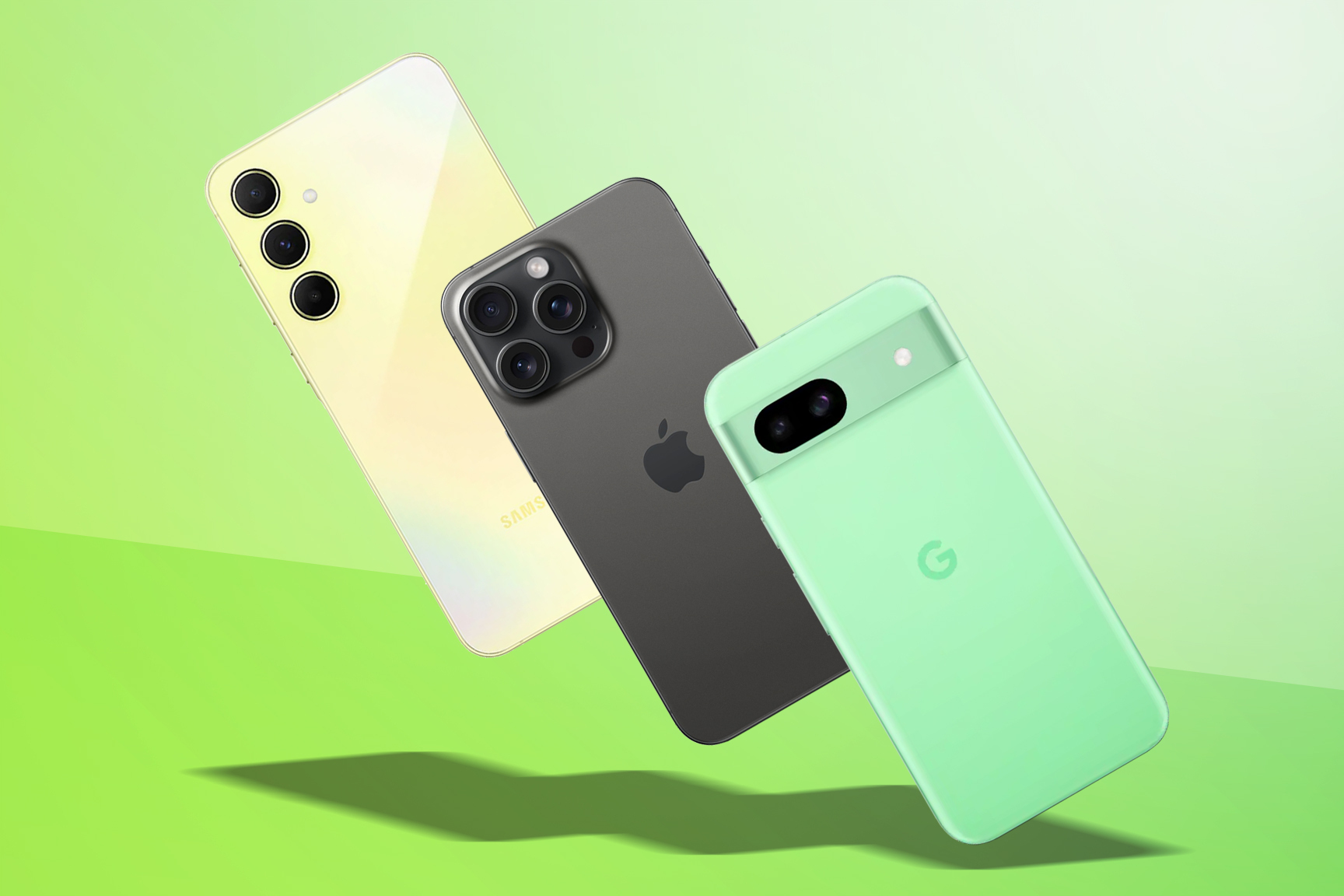In Apple’s world, a cheap phone is all relative – and your options aren’t nearly as extensive as they once were. The most affordable iPhone option now starts at $599/£599, which is a big leap from just a year or two ago.
The iPhone 16e has now effectively replaced the third-gen Apple iPhone SE as the baby of the line-up, while the last-gen iPhone 15 slots in as the most affordable ‘full-fat’ iPhone – albeit one that’ll set you back $699/£699. While it’s true you can still find iPhone SE in retail stores and online marketplaces for a lot less while stock holds out, is it worth shelling out for something a little more modern?
Read on to find out which Apple handset offers better bang for buck.
Budget iPhone tech specs
| iPhone 16e | iPhone 15 | iPhone SE (3rd-gen) – third party retailers only | |
| Display | 6.1in OLED, 457ppi | 6.1in OLED, 461ppi | 4.7in LCD, 326ppi |
| Dimensions | 147x72x7.8mm | 148x72x7.8mm | 1138.4×67.3×7.3mm |
| Weight | 167g | 171g | 144g |
| Processor | A18 | A16 Bionic | A15 Bionic |
| Cameras | 48MP (rear), 12MP (front) | 48+12MP (rear), 12MP (front) | 12MP (rear), 7MP (front) |
| Storage | 128/256/512GB | 128/256/512GB | 64/128/256GB |
| Battery | 26 hours (video) | 20 hours (video) | 15 hours (video) |
| Security | Face ID | Face ID | Touch ID |
Price: it’s all in tiers
As above, the Apple iPhone 16e starts at $599/£599 for the 128GB variant. This increases to $699/£699 for 256GB of storage, or $899 if you need the largest 512GB capacity. At least Apple has finally ditched 64GB as the entry-level, but those prices are considerably higher than the £429/$429 it was asking for the iPhone SE (3rd generation).
That phone has now been scrubbed from the Apple store, so you’ll have to shop third-party or online if you still want one. Official retail prices climbed to £479/$479 for 128GB of space, or £579/$579 for 256GB, but as stock starts to dwindle you may need to look for pre-owned or reconditioned devices if you’re set on getting one.
The iPhone 13 Mini – a shrunken down version of the iPhone 13 with largely similar hardware – slotted neatly between the two handsets while Apple sold it officially. It was discontinued a few years ago now, and third-party stock has dried up pretty much everywhere; if you want one you’ll almost certainly have to shop second-hand. Typically the 128GB version will set you back between $400-500 in the US or £300-£400 in the UK.
That leaves the iPhone 15, which starts at $699/£699 for the 128GB variant. Expect to pay $799/£799 for 256GB or $999/£999 for 512GB when shopping directly through Apple; third-party retailers are sure to cost less.
Design: distinctive siblings
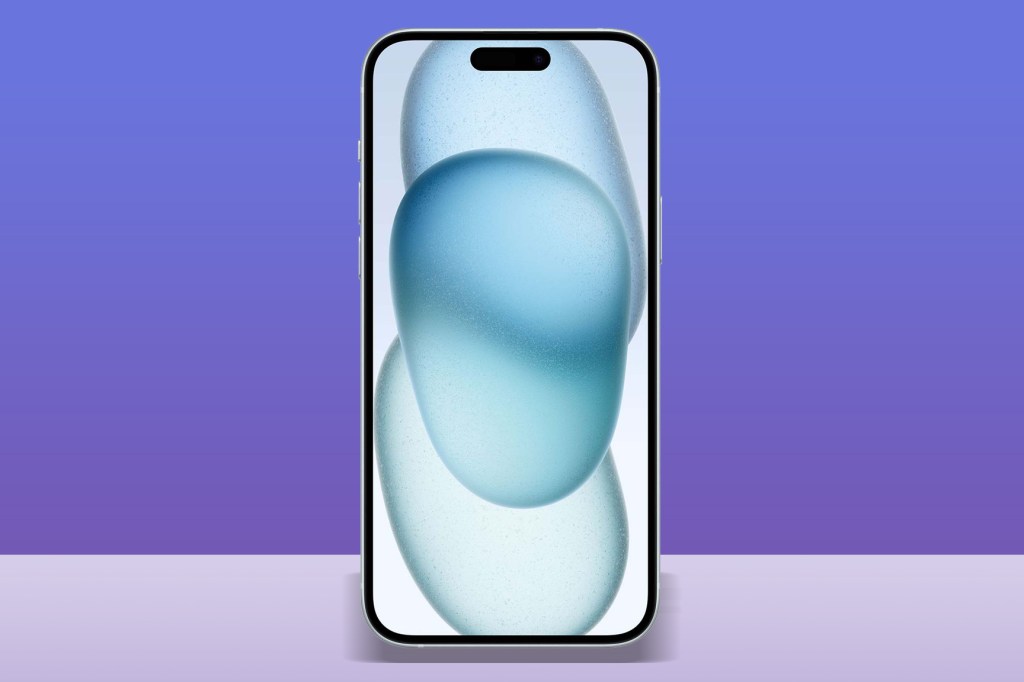
Now that Apple has retired the iPhone SE from front line duty, its line-up now has one cohesive design across every model. Well, almost.
The iPhone 16e has the same flat sides, rounded corners and flat rear glass as the iPhone 15 – and unlike many cut-price Android phones, Apple has stuck with aluminium for the central frame rather than cheaping out on polycarbonate plastic. It can only be had in two colours – black and white – rather than the iPhone 15’s five pastel hues.
You’ll only find a single camera lens on the back, rather than two, and an old-style notch in the display rather than a Dynamic Island cutout. The newer Action button doesn’t make the cut either, with the iPhone 16e sticking with the traditional ringer switch instead. Otherwise the two phones have very similar dimensions and weight.
The SE is much more of a throwback, with looks more in keeping with the iPhone 8 first seen in 2017. There’s admittedly a certain timeless appeal to the aluminium and glass chassis, giving the SE nostalgia value, and Apple upgraded the 3rd generation’s back panel with the same tougher glass as the iPhone 13 generation. But there’s no escaping the hefty bezels above and below the SE’s 4.7in display, which look distinctly dated. They’re needed to make room for the TouchID home button, which has now been phased out of the iPhone line-up altogether.
• The one that came before: Apple iPhone SE (2020) review
Display: two types of small


The iPhone 16e and iPhone 15 are essentially tied on the display front. Both have 6.1in Super Retina XDR displays, which is Apple ‘s way of saying they use OLED panel tech to deliver the sort of deep, inky blacks and colourful contrast old LCD-equipped iPhones could only dream of. Each delivers HDR10 and Dolby Vision video, hit a peak 1200 nits brightness, and max out at 60Hz.
The iPhone SE 3rd generation, meanwhile, has a much smaller 4.7in panel. It’s unchanged from the previous edition (and the iPhone 8). It’s ideal for those who prefer a compact display they can easily reach a thumb across, but it’s also the clearest point of compromise on the SE. Yes, it’s perfectly serviceable for everyday use. It’s bright outdoors and sharp enough at 326 ppi. But there’s no OLED wow factor here: it’s LCD all the way.
Cameras: two against one
The iPhone 16e might only have a single rear camera, but it’s a capable one: the 48MP sensor can snap at a near-lossless 2x magnification, shoot Dolby Vision footage at 4K/60fps, and use Apple Intelligence’s Visual intelligence mode to learn about your surroundings.
Those smarts are missing on the iPhone 15, but it makes up for it with a secondary ultrawide camera that can squeeze more into every shot. Both phones have the same front-facing sensor, but Apple says the iPhone 15 has a smarter portrait mode when shooting selfies.
No such luck for the iPhone SE: it’s still equipped with the same 12MP sensor on the back as the previous generation, which means you’re stuck with a single focal length. That said, its 12MP f/1.8 wide-angle camera has been capturing solid snaps since it launched on the iPhone 8.
Performance & battery life: newer is better
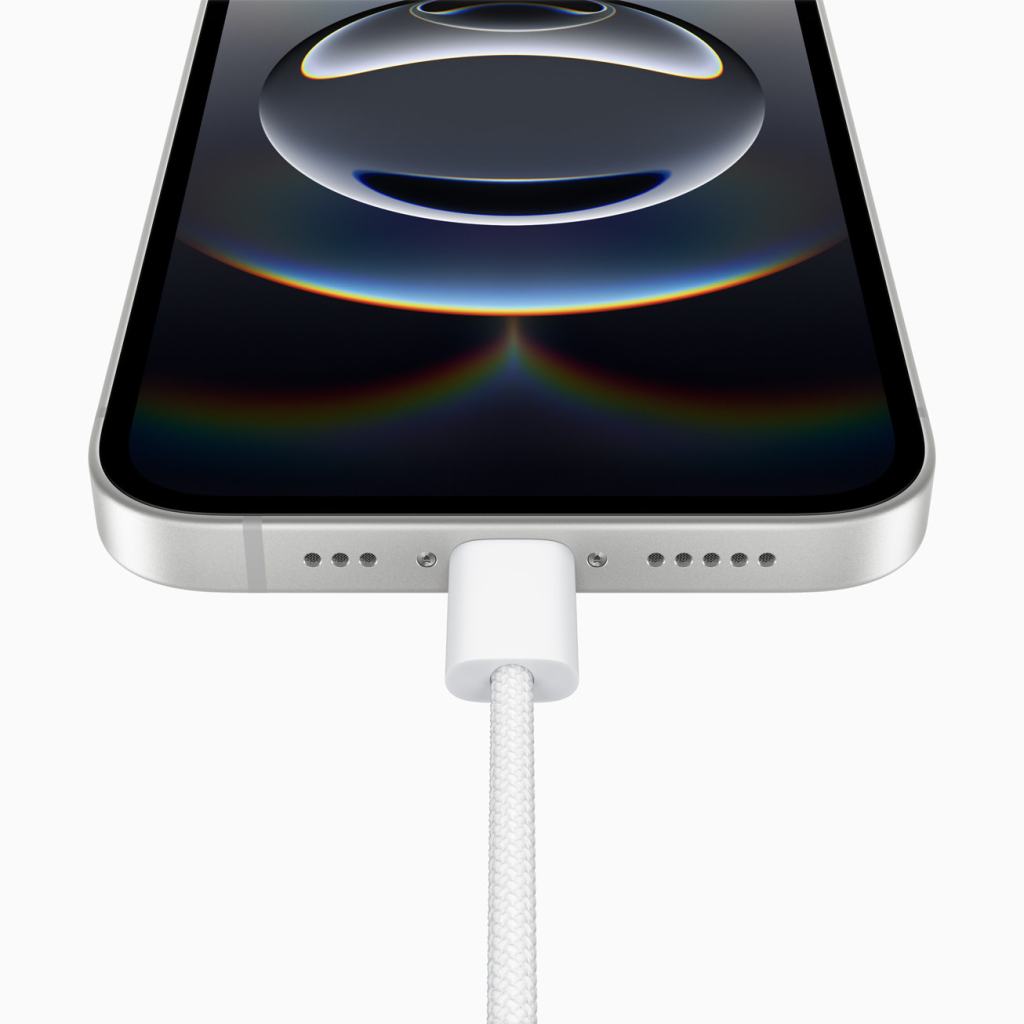

It doesn’t take a genius to realise higher numbers mean faster performance, and that’s precisely what Apple delivers with the chipsets powering its most affordable phones. The iPhone 16e gets an A18 CPU, which is as speedy as the one inside the mainline iPhone 16. It’ll demolish any app or game you send its way, and is simply outstanding when it comes to battery life.
The iPhone 15 uses an older A16 Bionic chip, which no longer holds the performance crown but is still rather tasty when it comes to running iOS smoothly. Battery life isn’t a patch on the 16e, though, at 20 hours to the newer phone’s 26.
The iPhone SE 3rd generation is looking decidedly old hat with its A15 Bionic processor, although all things are relative; this was a top-tier chipset just a few years ago, and means this now-retired phone still has some serious performance potential. It’s no slouch when it comes to multi-tasking, gaming and image processing. Unfortunately the small battery means it can only clock around 15 hours of use, which is a long way short of the newer alternatives.
Features & perks: saving face
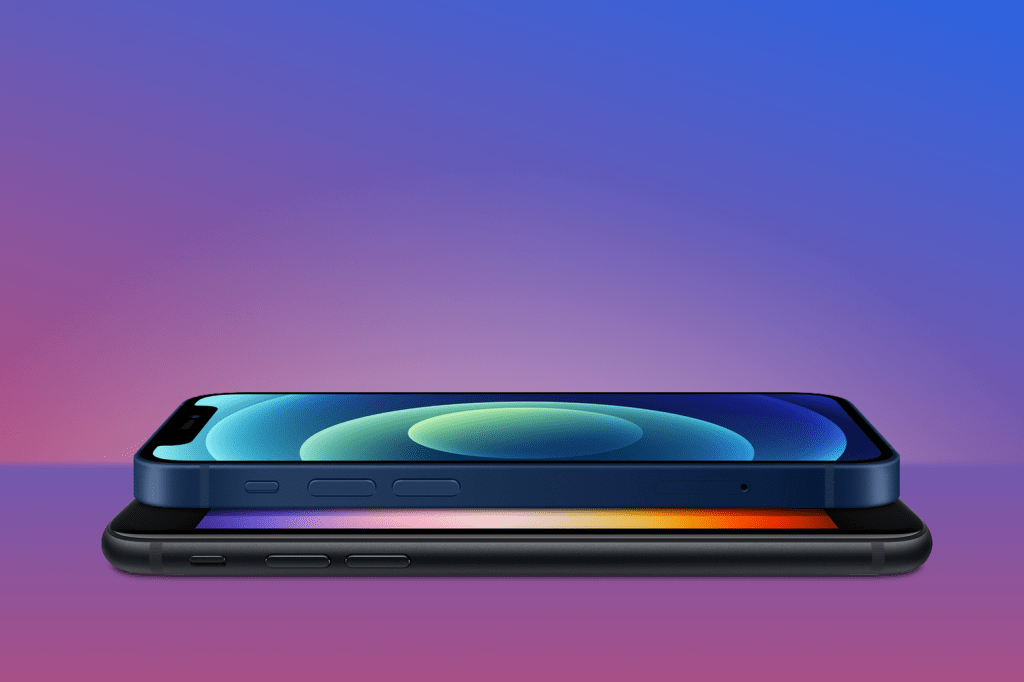

They might look very similar, but the iPhone 16e is missing a few of the iPhone 15’s more distinctive features. There’s no Dynamic Island here, just a notch containing the FaceID hardware, and there’s a traditional ringer mute switch at the side instead of a customisable Action button. And despite the name, you won’t find the iPhone 16’s Camera Control button here either.
It is rocking Apple’s new in-house modem, though that won’t make much difference to owners – either they’ll have 5G signal or they won’t, depending on where they live. Both phones have USB-C connectivity, and bothy have wireless charging, but only the iPhone 15 has MagSafe. The magnetic charging standard is MIA on the 16e, which will be a blow if you’ve got lots of MagSafe accessories.
The Phone SE is even more antiquated on the features front, sticking with a Touch ID home button instead of FaceID facial recognition security. Cynical upselling or a clever cost-cutting compromise? Probably a bit of both. Those who continue to enjoy the form factor of the iPhone 8 will probably still be happy to use the familiar fingerprint sensor setup.
• Ranked: Every iPhone in order of greatness
Verdict: which cheap iPhone is better?
Spec sheets considered, picking between the most affordable iPhone models is no mean feat. The iPhone 16e is the sensible choice, given its faster chipset and better battery life, but you do give up newer features like Dynamic Island and the Action Button. It’s also considerably more expensive than the outgoing iPhone SE 3rd generation, and with certain mobile operator deals you might find a full fat iPhone 16 isn’t all that more expensive.
That puts the iPhone 15 in an awkward position; you’ll need to hunt one down for lower than retail price to make it worth picking over the newer model. If you’ve got cash in your pocket and are walking into an Apple Store tomorrow, it’s the iPhone 16e I’d gravitate towards.
I’d also now recommend you steer clear of the iPhone SE, unless you find one for a particularly tempting price while stock lasts. It’s simply too much of a throwback to be worth the full retail price in 2025, especially now that Apple has officially discontinued it.
